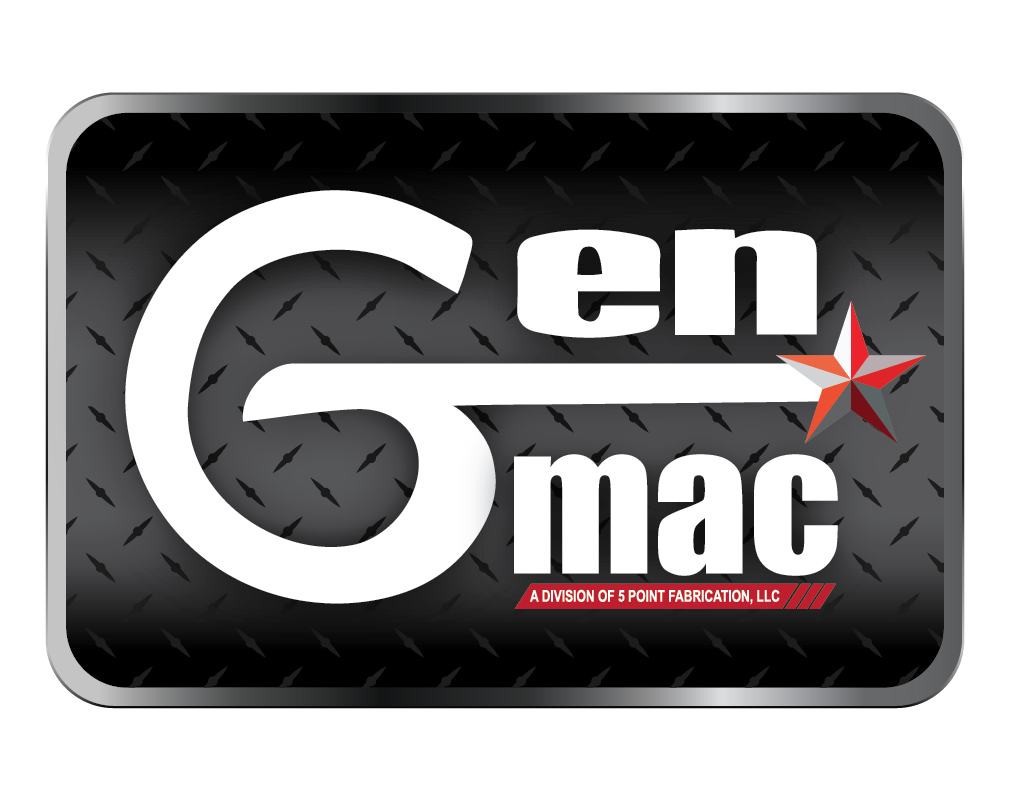Three Trends in the Food Processing Industry That You Need To Know in Order To Grow Your Business in 2022
We’re all in this together. Almost every industry is affected by supply chain issues in 2022, and it will probably take some time to turn things around. Knowing what we are facing helps us better plan and prepare for the future of manufacturing. Here are three trends in the food processing industry happening now, and what you can do as a food processor to ensure you stay ahead of your competitors and continue to grow.
Trend #1: Longer production/wait times. As a manufacturer of food processing equipment, what Genmac is seeing is nothing consistent in the supply chain issues. Supply chain issues might include replacement parts one week, and equipment parts like casters or cylinders the next. “It’s an uphill battle,” according to one of Genmac’s owners, Ron Herring. “What we are doing to counteract that is amping up stock whenever possible to stay ahead of the curve.” This is opposite to the concept of “Just in time” inventory management that businesses used to utilize. In a recent article, What Are the Main Problems With a JIT (Just in Time) Production Strategy? (Team, 2021), the author mentions that one of the issues that companies are facing today is a supply shock. Supply shock is described as a sudden increase in the price of raw goods due to issues with material sourcing, shortages, natural disaster or political disruption that causes serious threats to the ability of a company to service its customers effectively. With no inventory or materials, manufacturers are dealing with delays in delivery and ultimately upset clients. Being upfront and transparent with clients from the start is imperative in 2022. As a business, practicing patience, on the other hand, is a requirement as well.
Trend #2: Implementation of New Technologies. Because of the supply chain issues, companies are investing in technologies that will assist them in becoming more efficient in 2022. Innovators will be looking for ways to create solutions that leverage technology, and hopefully, reshape the state of the supply chain. Author, Sopa Soun, discusses the supply chain in a recent article, “Top 4 2022 Supply Chain Technology Trends”. More specifically; automation in the warehouse to help with the labor shortages is one. Soun discusses that “increased regionalization” will be a trend. Factories and fulfillment centers will be moved closer to customers, which will be a game-changer for the industry – no more bottleneck issues like the Suez Canal blockage and putting the transfer of goods at a standstill. As a food processor, it will be important to make sure that your equipment manufacturers are keeping up with technology. Partnering with the right suppliers and vendors will be a plus in 2022. Good relationships between manufacturers, suppliers, and customers will be crucial.
Trend #3: Diversification of Manufacturers. Multi-sourcing instead of single sourcing will be a trend in 2022. According to an article by Electro Soft Inc, “When you don’t have a diverse production plan, you open your company up to a myriad of supply chain disruptions. Your single manufacturing source could face any number of situations, forcing you into a space where you’re unprepared to pivot.” (3 reasons to diversify, 2021) By having multiple sources in manufacturing, costs are controlled, financial risks are lower and the opportunity to negotiate price is available. In the end, this diversification is a win-win situation for both an equipment manufacturer/supplier and a food processor. It’s important to know that your equipment manufacturer is multi-sourcing in 2022.
One thing we’ve learned throughout the past three years of economic uncertainty is that change is certain. It’s imperative that you educate yourself on current global issues, economic conditions, and political challenges daily. As a recap on what you need to know as a business in the food industry based on trends in 2022 are 1) practice patience, 2) partner with a company that is on the leading edge of technology, and 3) work with companies that are diversifying production. One final recommendation from a cheese and meat equipment manufacturer is that by focusing on strengthening relationships and being transparent and open, you’ll create a loyal tribe of customers that will advance you to the next level in business.
